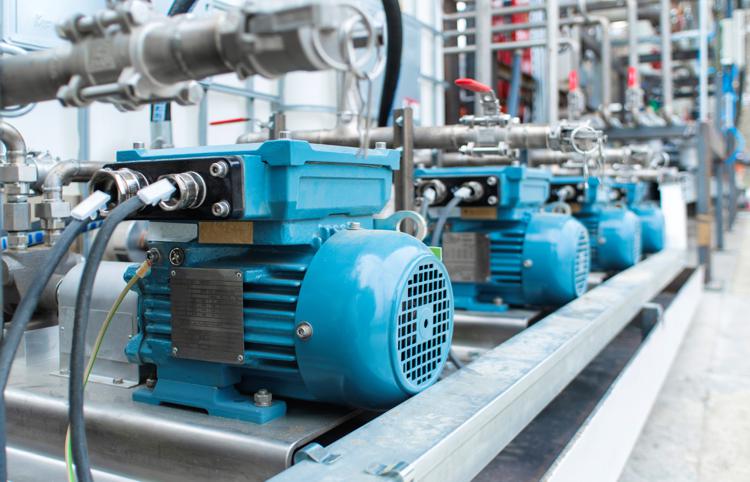Compliance with DSEAR requires that, where operations involve Dangerous Substances, locations, extents and classification of Hazardous Areas (Zones) are determined by a formal Area Classification Study.

Any equipment, that could potentially provide an effective source of ignition, and which is located within a hazardous area, must be suitably Ex certified.
Duties under DSEAR are such that, when equipment is being procured, it is the responsibility of the operator to undertake an Area Classification study and provide the equipment supplier with relevant information concerning the classification of zones in which the equipment will be located.
Duties under EPS are such that the supplier has the responsibility to supply equipment that is suitably Ex certified for the zone classification specified by the operator.

In addition, based on the results of the DSEAR risk assessment, the operator has a responsibility to confirm what, if any, explosion protection measures are required to ensure safe operation of the equipment. This may require the integration of protective systems (items which are intended to halt incipient explosions and / or limit the effective range of explosion flames and explosion pressures) such as explosion relief devices or explosion suppression systems. Where the risk assessment has deemed that protective systems are needed, these too must be Ex certified.
In relation to Ex certification numerous Approved Codes are available to define to suppliers the design characteristics of the equipment which are necessary. In particular this applies to electrical apparatus, and protective systems, which in many instances require certification by a UK Approved Certification Body.
For equipment the Regulations define three Categories :
In all cases, however, the equipment must also be categorized depending on whether it is intended for use in gas hazardous areas (G) or dust hazardous areas (D), or both.

NOT ALL EQUIPMENT HAS TO BE CERTIFIED BY AN APPROVED BODY
All protective systems, all category 1 equipment and all Category 2 internal combustion engine and electrical apparatus, must be certified by an Approved Body. However any Category 3 equipment and Category 2 mechanical equipment may be self-certified by the supplier.
For mechanical equipment this self certification requires conduct of an Ignition Hazard Assessment as described in BS EN ISO80079-36. Such an assessment requires a systematic review of all mechanical parts of an item of equipment to identify whether it may be capable of producing an effective ignition source (e.g. a spark of sufficient energy, or a sufficiently hot surface for ignition) and, if so, to determine the conditions under which the ignition source would arise, considering normal operation of the equipment, foreseeable malfunctions and rare malfunctions.
Our consultants have the expertise to advise in respect of ignition criteria, and thereby provide invaluable assistance to the ignition hazard assessment.
Furthermore, based on first hand knowledge from involvement in investigation of incidents (equipment malfunctions) our consultants may provide valuable insight into the sort of mechanical failures that might arise, and whether these would result in effective ignition sources.
Where the intention is to certify mechanical equipment to Category 2 (i.e. Category 2G and / or 2D) our consultants can advise and assist on the compilation of a suitable Technical File for lodging with an Approved Body (as EPS requires).